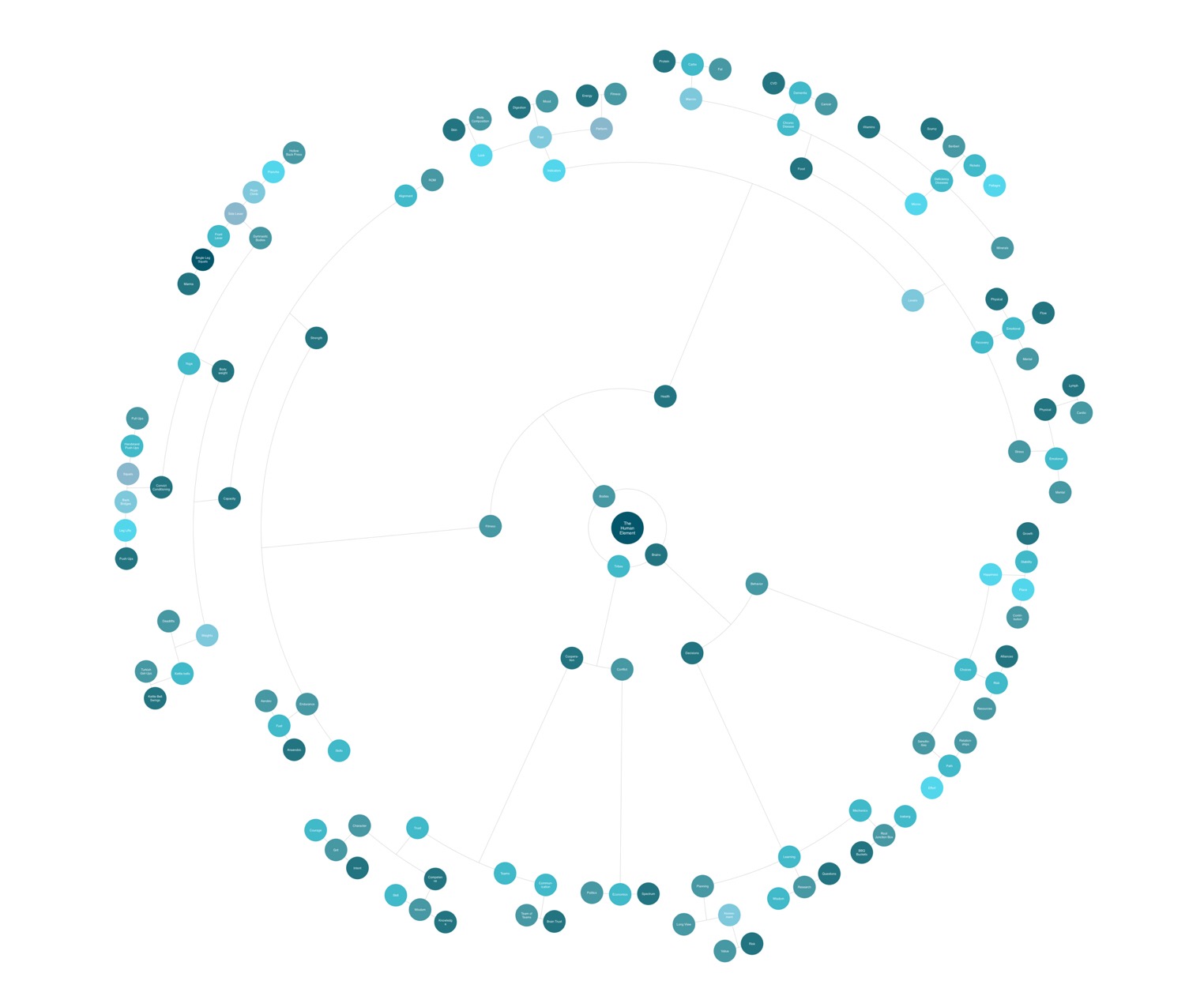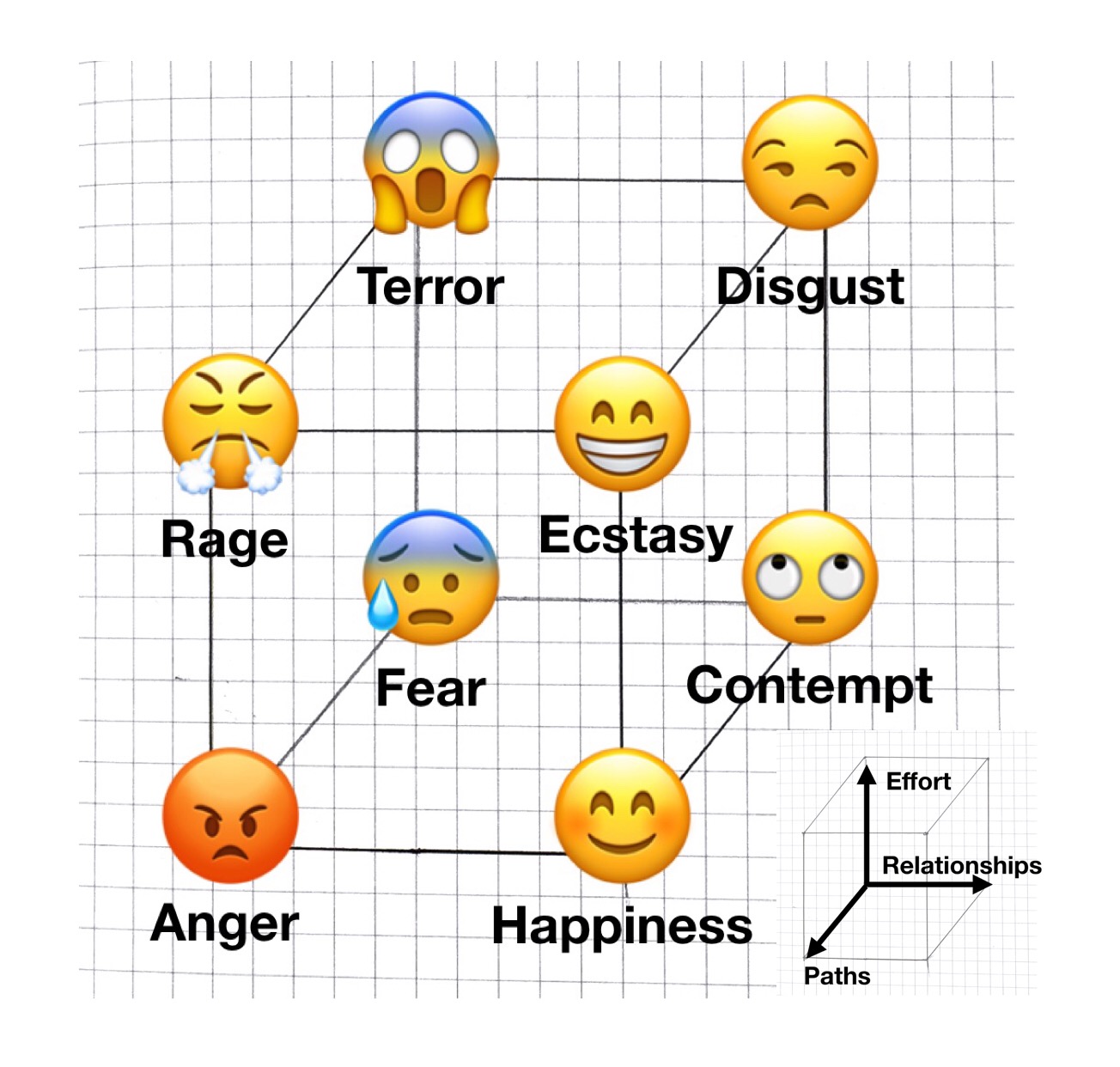Questions
Conclusions
References
On Writing by Stephen King
War of Art by Steve Pressfield

Questions
Conclusions
References
On Writing by Stephen King
War of Art by Steve Pressfield
Where is the risk with choosing food?
What should I eat?
What are my goals?
How much effort am I willing to put into my food?
Where will I be eating?
What should I eat? Building Meals.
How much should I eat?
How do I store less fat and make sure I store it in the right places?
References
Perfect Health Diet by Paul and Shou-Ching Jaminet
Not by Bread Alone by Vilhjamur Stefannson
CDC Data on Refugee Nutrient Deficiencies
Updated: November 2017


Sensitivities
Tony Robbins
Why we do what we do
6 Needs:
The Lovheim Cube
https://en.m.wikipedia.org/wiki/Lövheim_cube_of_emotion
References
https://mobile.nytimes.com/2017/10/26/well/live/fear-anxiety-therapy.html

Questions:
Conclusions:
There are 2 different hypotheses on polyunsaturated fatty acid.
Hypothesis 1: Concentrated PUFAs are harmful.
Hypothesis #2: PUFA Vegetable Oils are good.
Path:
Other Findings:
Evidence
The 2015 Dietary Guidelines recommend restricting saturated fat consumption to no more than 10% of calories. The American Heart Association (AHA) is more restrictive, recommending no more than 6% of calories.
To meet these restrictions, the 2015 Dietary Guidelines Advisory Committee (DGAC) and the AHA recommend replacing saturated fat with polyunsaturated fat.
A trilogy of documents captures the thought process of the individuals from the 2015 DGAC and the 2013 and 2017 AHA committees who developed the recommendations.
There are two significant issues with the DGAC and AHA recommendations:
1) The recommendation is a dietary intervention. Every intervention has both benefits and risks. There is no mention of risk or a discussion of risk vs benefit in the 2013, 2015 or 2017 documents.
2) There is an assumption that the reduction of LDL-C by consuming n-6 reduces the risk of cardiovascular disease. The assumption is based on predictions made by statistical regression analysis.
The Trilogy:
2013 American Heart Association / American College of Cardiology (AHA / ACC) Report from the Lifestyle Work Group
Report
http://circ.ahajournals.org/content/early/2013/11/11/01.cir.0000437738.63853.7a
2015 Report from the Dietary Guidelines Advisory Committee
2017 American Heart Association Advisory Statement
Professor Alice Lichtenstein
New York Times Editorial
March 2014
https://mobile.nytimes.com/2014/03/29/opinion/eat-more-butter-and-fat.html

The 2013 ACC/AHA Review cited by Professor Lichtenstein did not investigate links between saturated fat and heart disease (cardiovascular disease or CVD)

The Lifestyle Work Group provided recommendations on dietary changes to lower LDL-C (low density lipoprotein – cholesterol).
The 2013 AHA/ACC Review was a systematic review of Nutrition Studies. What the 2013 AHA / ACC Report focused on (a database review of nutrition studies):
What the 2013 AHA / ACC recommended: (consume a diet with 6% or less of saturated fat. Replace saturated fat with polyunsaturated fat) and the basis for the recommendations (Evidence Statements (ES) 11, 12 and 13).
The grading criteria for a 1A (highest) recommendation (multiple randomized controlled trials or meta-analysis, diverse population base, benefits >>> (much greater than) risks).
The evidence base used:
ES 11: Three Studies (DASH, DASH-S, DELTA). In two of the studies (DASH and DASH-S) the relationship between saturated fat and LDL-C could not be determined.
ES 12 & 13: Two meta-analysis, conducted 11 years apart by the same authors. The meta-analysis generated a prediction of ‘what would have happened, if…’ dietary changes were made. They were not a measure of actual results.
To summarize the evidence base, 6048 studies were reviewed and for the recommendations on saturated and polyunsaturated fat, 5 studies were chosen.
Three evidence statements were made to justify the recommendations on saturated and polyunsaturated fat. For a 1A rating (the highest rating level) multiple (two or more) studies were required showing the benefits outweighed the risk.
For ES 11, three studies were cited but only 1 of the 3 showed a link between saturated fat consumption and LDL-C.
For ES 12 &13, two meta-analyses we’re cured, both by the same authors using the same criteria, 11 years apart.